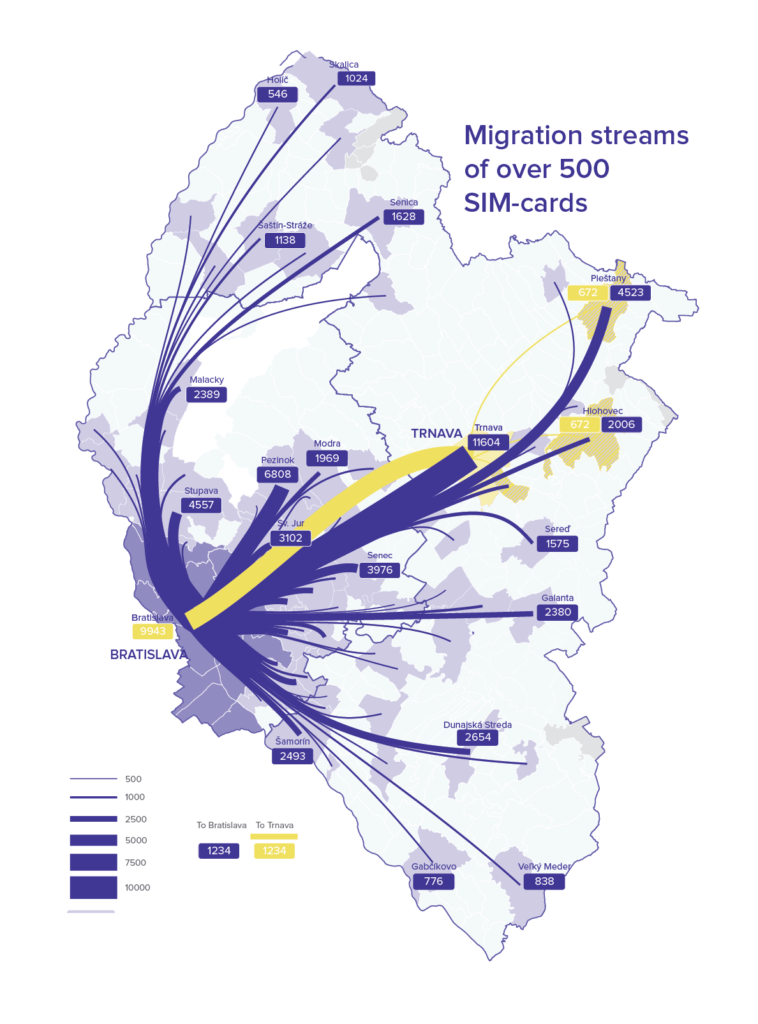
Geospatial jobs of the week – World Food Programme, BlueDot, European Space Agency, Crate.io, and UC Berkley are hiring
Are you enthusiastic about location data or anything geospatial, then this is the job portal for you! At Geoawesomeness, we’re working on creating an interactive job portal to connect companies to enthusiastic talent! By the way, we spontaneously post jobs on our LinkedIn throughout the week, so make sure to follow us there!
If your company is looking for new talent and you want to share the opportunity with our community, feel free to submit a job using the online form for us to review and include in our list!
Here are some of the jobs that are currently available:

Featured Job: GIS Developer at World Food Programme
📍Rome, Italy
The World Food Programme is hiring a GIS Developer! You will be responsible of maintaining and further improve a Web GIS platform implemented by the GIS team for the Logistics Cluster and provide support for the rollout of the GIS infrastructure in country offices and regional bureaux. Qualified female applicants and qualified applicants from developing countries are especially encouraged to apply. Want to find out more? More information here.
Featured Job: Senior Front-end Developer at urbanData Analytics
📍Madrid, Spain
UrbanData Analytics are the Global Real Estate Information & Analytics platform that will provide transparency to the Real Estate market and information to the citizens to take better decisions. Want to know more about them? Read our interview here.
If you enjoy the challenges of state-management in user interfaces using a Redux-like approach with RxJS streams, then this position is perfect for you! Apply here.
Featured Job: Full-stack Developer at urbanData Analytics
📍Madrid, Spain
urbanData Analytics’ stack and requirements are complex. In particular, their engineering team must combine specialists such as frontend, backend or data engineers with more flexible developers. Does that sound interesting to you? Apply for this exciting position here
WWF Singapore: Linear Infrastructure & Landscape Intern
📍Singapore, Singapore
BlueDot:Geomatics Software Developer
📍Oakville, ON Canada
Tonkin + Taylor: Geospatial Leader
📍Auckland, New Zealand
Geotab: Software Developer
📍Oakville, ON Canada
European Space Agency: Head of the Φ-Lab
📍ESRIN, Frascati, Italy
Pacificorp: Geographic Information Systems Analyst (GIS)
📍Portland, OR USA
Crate.io: Frontend Developer
📍Remote, Berlin, or Dornbirn
UC Berkley: Cartography Lecturer
📍Berkeley, CA USA
Altus Group: Java Developer
📍London, UK
University of Twente: Assistant Professor in Photogrammetry
📍Enschede, Netherlands
Quantum Geospatial: GIS/Digital Cartography Specialist
📍Colorado Springs, CO USA
IPIS Research: GIS/Data Officer
📍Antwerp, Belgium
Niantic Inc.: Software Engineer, Front End (Geospatial)
📍San Francisco, CA USA
For more exciting positions in the geospatial industry, go to our job portal.
Are there any specific things you’d like to see in our job portal? Feel free to get in touch.
Want to get your dose of Jobs in Geo directly to your inbox? Subscribe to our jobs newsletter here.








 The gathered data will be used as a tool for extending the Integrated transport system in the Bratislava region (IDS BK) to neighboring Trnava region. The mobility analysis also showed that 64,000 inhabitants of Trnava region travel to Bratislava city on a daily basis and, on the other hand, 49,000 Bratislava city residents travel to Trnava region every day. This is important because train and bus transportation is preferable to the car on the regions congested roads. But, people cannot take a bus or a train if convenient links are missing. It is thus vital to understand travel patterns and to make informed decisions in routing, timetables, capacity planning and pricing.
The gathered data will be used as a tool for extending the Integrated transport system in the Bratislava region (IDS BK) to neighboring Trnava region. The mobility analysis also showed that 64,000 inhabitants of Trnava region travel to Bratislava city on a daily basis and, on the other hand, 49,000 Bratislava city residents travel to Trnava region every day. This is important because train and bus transportation is preferable to the car on the regions congested roads. But, people cannot take a bus or a train if convenient links are missing. It is thus vital to understand travel patterns and to make informed decisions in routing, timetables, capacity planning and pricing.